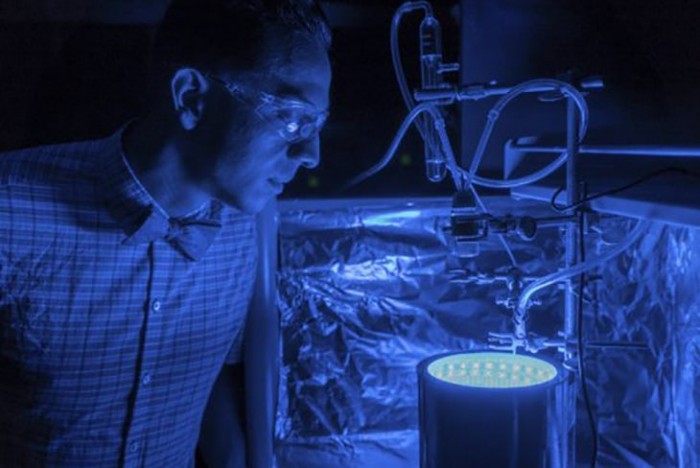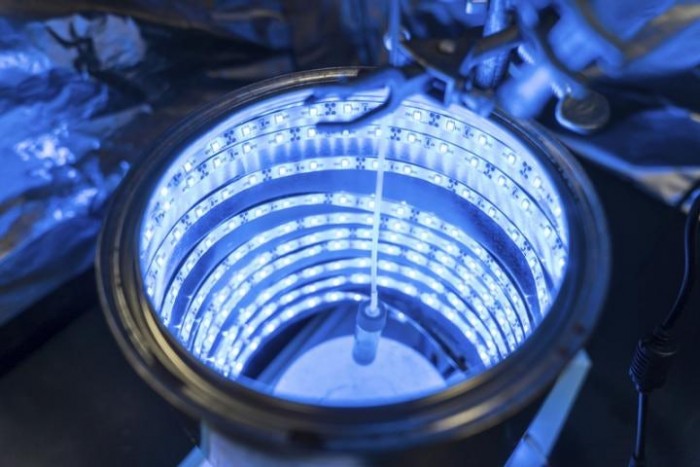Artificial photosynthesis converts CO2 into fuel
Scientists at Florida State University in the United States have discovered that artificially triggering photosynthesis in synthetic materials can convert CO2, the main component of greenhouse gases, into clean air and generate energy, which has great potential for improving air quality and creating clean energy. This result was published in the latest issue of the Journal of Materials Chemistry. The physicist organization network reported on the 26th that this breakthrough is of great significance. Professor Fernando Uribe-Romo said: "From a scientific point of view, it is very difficult to create materials that can absorb specific colors of light. From a social perspective, we need to develop practical technologies that can help reduce greenhouse gases." The method of triggering chemical reactions created by Yuribu Romo and his team, known as the Metal Organic Framework (MOF), can simulate plant photosynthesis and decompose CO2 while generating energy-producing solar fuels. For years, scientists have been pursuing methods of chemical conversion of visible light. Although ultraviolet light has enough energy to allow similar reactions in common materials such as titanium dioxide, ultraviolet radiation accounts for only 4% of sunlight, while visible light from purple to red wavelengths accounts for the majority, but few materials can “pick upâ€. These lower energy lights. Researchers have tried a variety of materials, but the materials that can absorb visible light are often rare and expensive materials such as platinum, rhodium, and ruthenium, making the process extremely expensive. The Uribe-Ramo team uses a common non-toxic metal titanium, adds organic molecules as a light receiving antenna, and a blue LED photoreactor with a glowing blue cylinder that mimics the blue wavelength of the sun, CO2 Slowly added to the cylinder and slowly undergoing a chemical reaction, it was reduced to two forms of carbon—solar fuel formic acid and formamide. At the same time, the air in the cylinder was purified. Now, the team's goal is to continue to adjust this method to see if other visible wavelengths can also be triggered by chemical reactions with the synthetic material. "If feasible, this process may be an important way to reduce greenhouse gases and create new technologies and infrastructure," said Yuribu Romo, for example, to build a power plant that can capture large amounts of CO2, or to make this material Clean the air and provide a home energy roof. (Reporter Fang Linlin) Portable Electric Drill,Electric Drill Set,Electric Screwdriver Drill,Electric Impact Drill Ningbo Hoya Electronic Commerce Co., LTD , https://www.jauhitools.com
